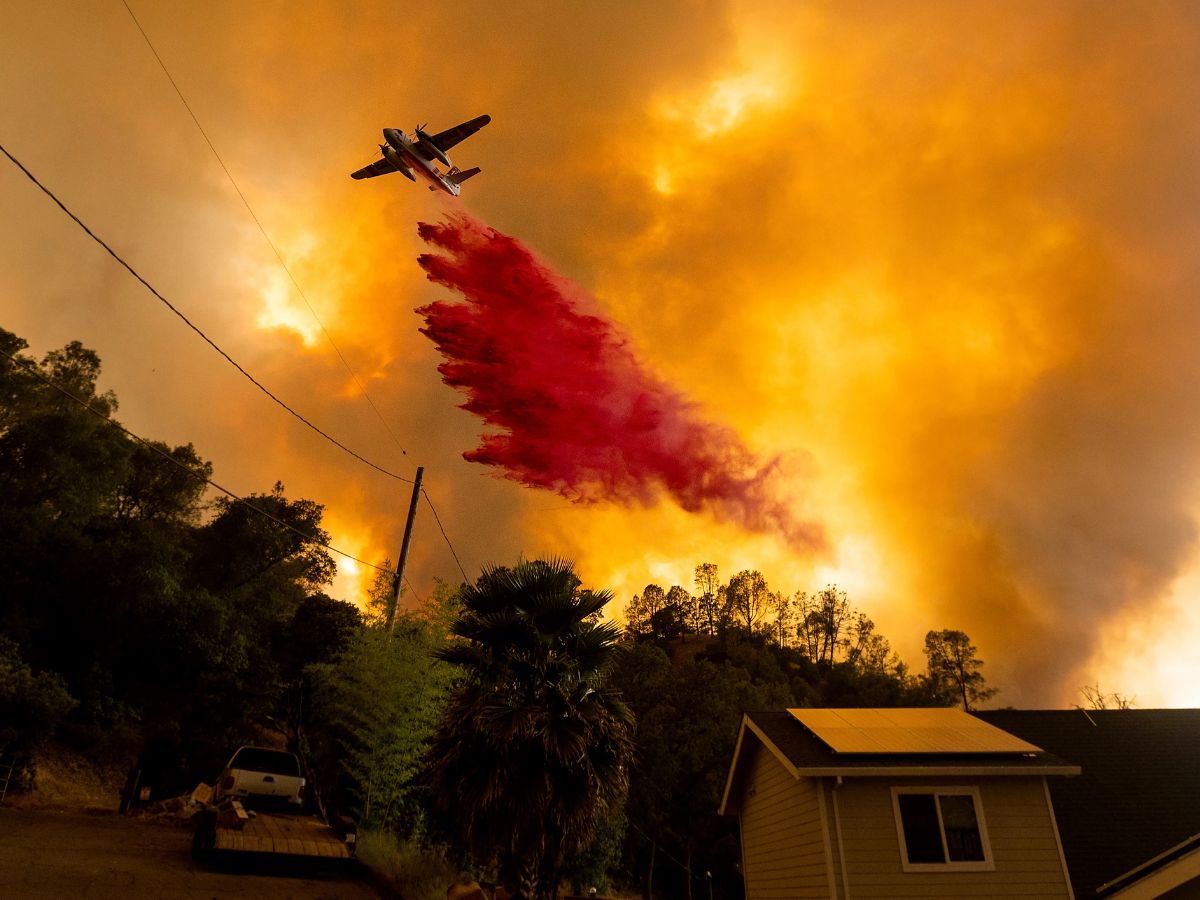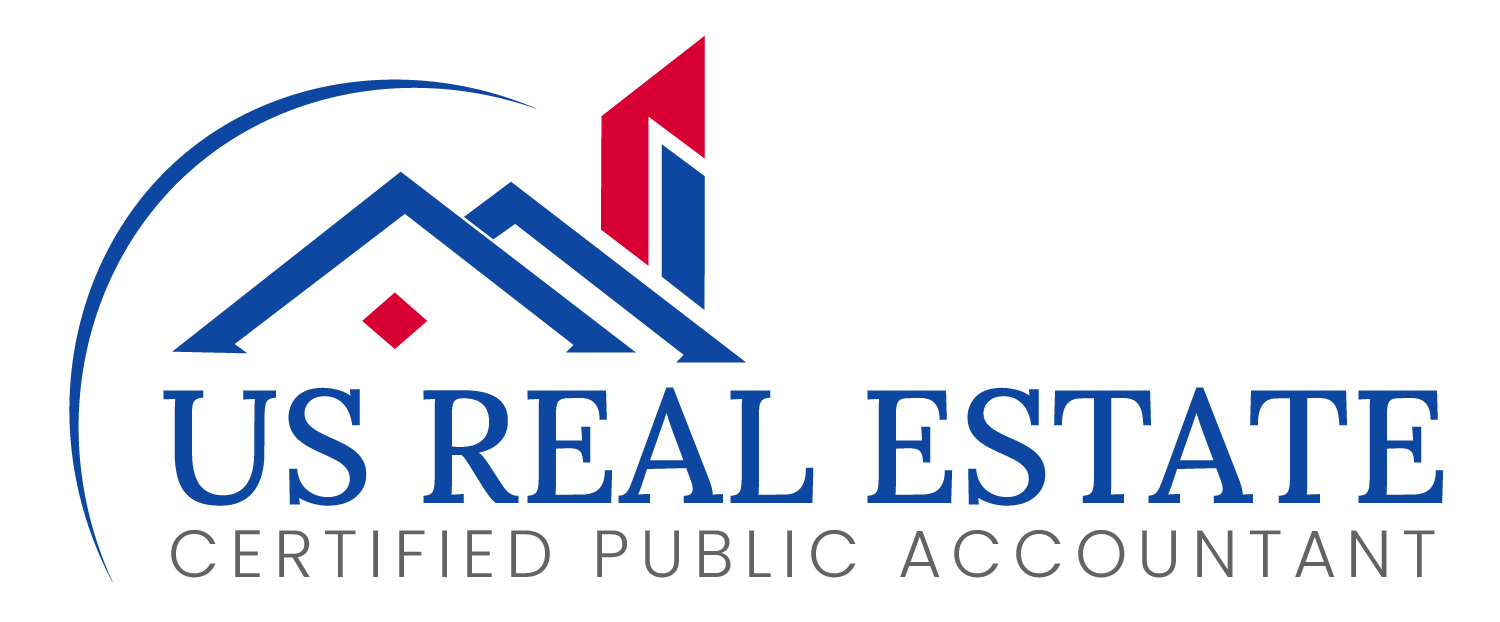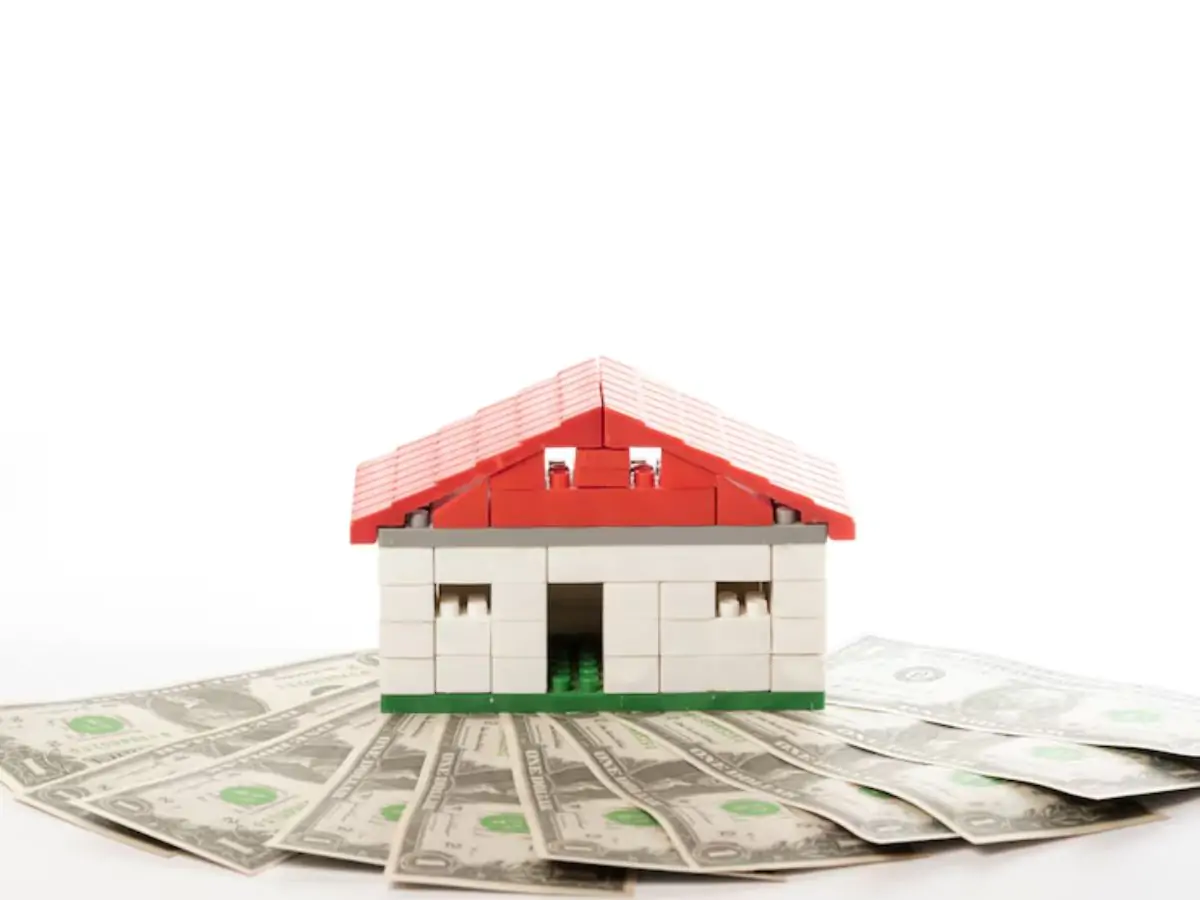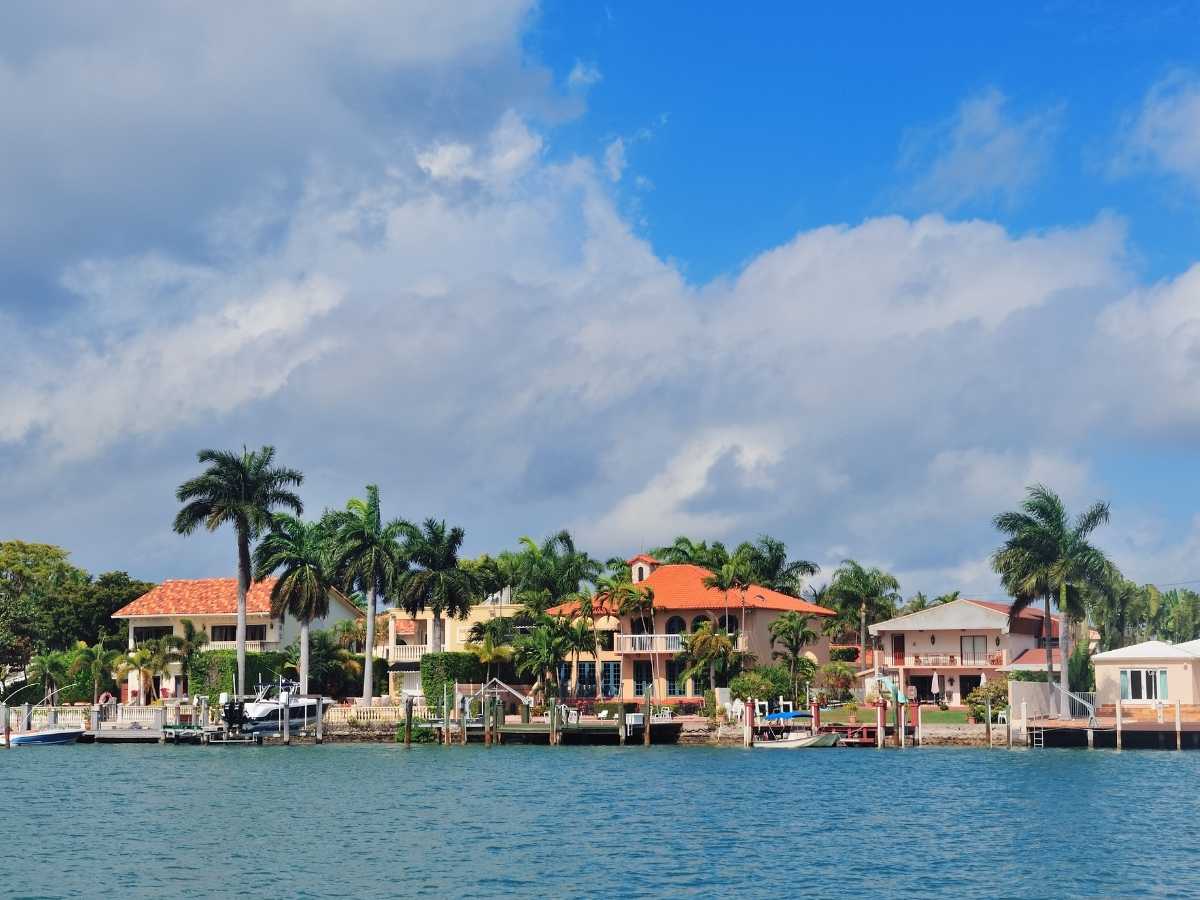
What Happens When Your House Burns Down But the Mortgage Doesn’t?
Even when the flames are gone, the bills keep coming.
By the time the wildfires stopped roaring through the Los Angeles hills, thousands of homes had been reduced to ash. For many families, what remained was not only heartbreak but also a painful question: What happens to your mortgage when your house no longer exists?
If you’re like most people, you might assume the mortgage vanishes along with the house. But the reality is less forgiving. Homeowners are still on the hook for payments—even if their living room is now a pile of charred rubble.
The Mortgage Doesn’t Burn Down With the House
Let’s get one thing straight: the mortgage is a loan on the property, not the structure alone. So when the house burns down, the loan still stands. The bank doesn’t just write it off.
That’s the situation Kristen Addy and her husband found themselves in. Their $740,000 Altadena home, which they’d lovingly renovated over five years, was destroyed. But the $4,000 monthly bill—for mortgage, insurance and property tax—hasn’t gone anywhere.
“We’re paying for what was our dream home—what we were making into our dream home—and we’re going to continue paying into that dream,” Addy said. Her insurance payout might cover around $630,000, but she’s choosing not to see it as a complete loss. “If I go down that road, I’m going to be in my bed with the lights off and not be able to move forward.”
So What Can You Do?
Here’s where things get a bit more hopeful. In the aftermath of a disaster like the L.A. fires, many borrowers are eligible for mortgage forbearance—a temporary pause on payments.
Forbearance doesn’t mean the debt is erased; it simply delays the obligation. Think of it as hitting the snooze button on your loan. The missed payments don’t vanish, they’re just shifted down the road.
Roughly 40% of mortgages in the U.S. are backed by Fannie Mae or Freddie Mac, and those loans must be offered forbearance during federally declared disasters. Loans backed by the FHA and the VA follow similar rules. Even private lenders including major banks like JPMorgan Chase and Bank of America often step up with forbearance programs in times like these.
Typically, forbearance is granted in three- to six-month chunks and can stretch up to a year. Borrowers just need to contact their mortgage servicer to get started. No penalties, no late fees and no foreclosure threats while you’re in the program.
And it’s not just your mortgage. L.A. County has said residents with damaged or destroyed homes may qualify for property tax relief, too.
What Happens When Forbearance Ends?
That’s when reality kicks in again. Forbearance doesn’t mean forgiveness. You still owe every penny.
You’ll usually have three main ways to deal with the missed payments:
- Lump sum: Pay it all back at once (easier said than done).
- Payment plan: Spread it out over several months.
- Loan extension: Add the missed payments to the back of your mortgage so you’ll pay them after your regular term ends or when you sell the home.
If none of those work, you might be able to modify your loan. That could mean lowering your monthly payments, extending the life of the loan, or adjusting the interest rate. But this is a negotiation with your lender, and the outcome isn’t guaranteed to be friendly.
Is It Worth Paying for a House That’s Gone?
It might feel absurd to pay for a pile of ashes. But in many cases, continuing to pay your mortgage—even when the home is uninhabitable—makes financial sense.
Why? Because skipping payments, even during hard times, can wreck your credit, make rebuilding harder, and put you at risk of foreclosure down the line. For people like the Addys—who expect their income to hold steady—it’s worth staying on track.
There’s also an emotional component. “We’re paying into that dream,” Kristen Addy said. For many families, that dream isn’t just square footage—it’s memories, identity, and a future home rebuilt in the same spot.
Will People Start Defaulting?
The short answer: probably, yes. Wildfires, hurricanes, floods—natural disasters have a way of knocking people off their feet financially. A 2023 study by the Federal Reserve Banks of Philadelphia and San Francisco found that borrowers with damaged homes were more likely to fall behind on mortgage payments in the months after a fire. For homeowners whose properties were untouched? No major change.
Job losses, medical emergencies, evacuation costs—all of these can make it nearly impossible to keep up with the mortgage, even if people want to.
Some States Offer More Protection Than Others
If there’s a silver lining, it’s this: California is one of the more borrower-friendly states. California law includes protections for homeowners, especially in the face of foreclosure. It’s also one of several states with non-recourse loans, meaning if the bank forecloses on your home, they can’t chase you for anything more. The property is the limit.
But even with those protections, the stress is real. Navigating a maze of insurance policies, mortgage negotiations, and disaster recovery isn’t easy when you’re also trying to find a place to sleep at night.
Moving Forward
Disasters don’t just destroy homes. They disrupt lives, families, and finances. And while help is available—through forbearance, tax relief and insurance—it rarely covers everything. But one thing’s clear: the mortgage survives, even if the house doesn’t.
If you’re in this situation, reach out to your mortgage servicer. Ask about forbearance. Talk to your insurance provider. And if you can afford to, consider continuing payments. Because as unfair as it might feel, rebuilding—both physically and financially—starts with keeping your obligations in sight.
And for people like the Addys, that dream home might still rise again from the ashes.



